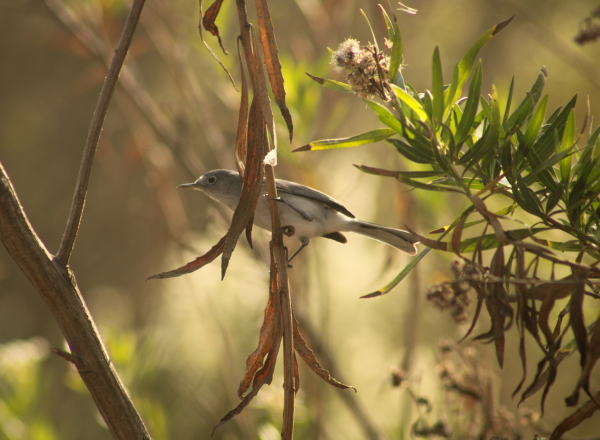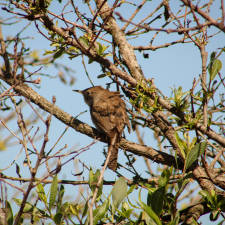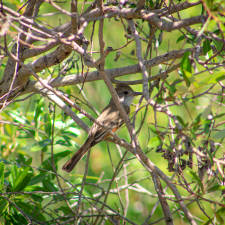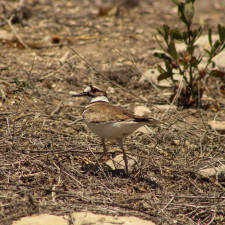As winter comes to an end and the signs of spring start to emerge, so do the bird nests. We recognize the time between mid-February through late August as nesting bird season. During this time, we need to be extra careful when working in dense vegetation and avoid creating too much disturbance. One way we can minimize our disturbance around habitat is performing regular nesting bird surveys.

Nesting bird surveys are performed before any activity that may cause disturbance in the area. Qualified biologists will survey the area for any nests or nesting behavior such as birds carrying nesting material, constant calling, or flying back and forth to the same spot. If a nest is found, the biologist will then create a 100-150ft buffer around the nest, dependent on the species and the work being done in the area. Flagging is put around the buffer and communicated to the rest of the crew or contractors to make sure the buffer around the nest is clear and avoided. Nesting bird surveys are conducted as needed or after three days of non-activity to ensure any new nests or nesting activity is observed.
Nesting bird surveys are important not only for us to make sure we don’t disturb any nests, but to also make sure sensitive species are able to nest and raise young without outside stress. Two examples of such species are the California Gnatcatcher and the Least Bell’s Vireo, which are both State and Federally endangered species and have been seen throughout our restoration sites. These two species of birds are both recognized by the state as endangered species and have been seen throughout our sites. Regular nesting bird surveys will allow us to protect these threatened species by securing they have the best chance to successfully nest in our projects.
Nesting bird season is such an interesting time to observe birds. From looking at their bright breeding plumage, to observing various breeding behaviors. While it is fun to observe birds during this time of year, we must respect their space as they nest so in turn, we have many more birds to enjoy in the years to come!
All photos by Erika Herrera. Featured photo is a Bushtit.



